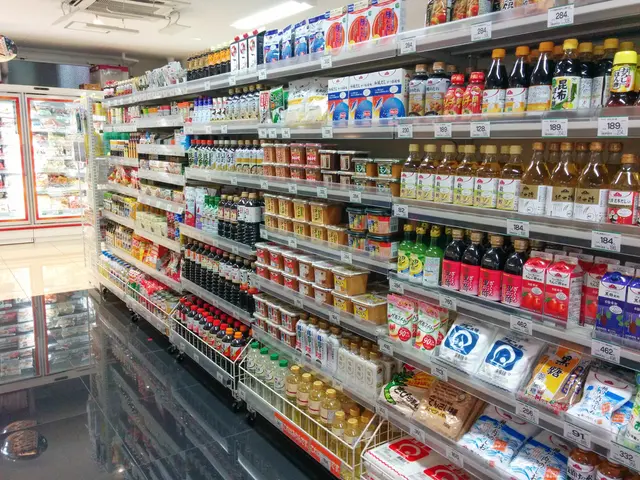Government-Controlled Business Entity: Comprehensive Overview of Models and Blueprints
State-Owned Enterprises Remain a Significant Force in the Global Economy
State-owned enterprises (SOEs) continue to play a substantial role in the global economy, with significant concentrations in specific regions and industries. As of mid-2025, SOEs are a evolving component of the global economy, marked by notable shifts over the past decade.
China Leads the Way
China boasts the largest and most significant SOE presence globally. With nearly 867,000 enterprises under state ownership, SOEs account for over 60% of China’s market capitalization and generate about 40% of its GDP, which stood at approximately US$15.98 trillion in 2020. SOEs span diverse sectors including manufacturing, finance, energy, and infrastructure, playing central roles in government revenue, urban employment, technology development, and regional economic support. Ninety-one Chinese SOEs were among the 2020 Fortune Global 500, emphasizing their scale and international impact.
SOEs in Other Regions
Outside China, SOEs exist worldwide but are less dominant. Sovereign wealth funds (SWFs), which can be linked to or invested by state-owned entities, collectively held assets of about US$57.5 trillion as of June 2025, indicating a huge state investment footprint globally. These state-owned investors have increasingly expanded their overseas presence, opening 56 new offices abroad since 2020, though expansion remains limited in regions such as Africa and Latin America.
Industries with SOE Presence
SOEs are especially prominent in sectors considered strategic or capital-intensive, such as energy (oil, gas, renewables), infrastructure (e.g., pipelines, roads, ports), manufacturing (including new technologies like batteries), ICT (telecommunications, data centers), and resource extraction (mining, oil, gas). China’s Belt and Road Initiative (BRI), heavily driven by its SOEs, has funneled investment into these sectors globally, with USD 66.2 billion in construction contracts in just the first half of 2025 alone.
Evolution Over the Past Decade
Over the last ten years, SOEs have expanded their scale and international influence, particularly Chinese SOEs propelled by government initiatives like BRI. Globally, sovereign wealth funds and state-owned investors have grown their asset bases and international footprints despite geopolitical and market challenges, such as trade tensions and shifts towards supply chain resilience. The rise of geopolitical risks has also led some state investors to consolidate or withdraw from certain markets.
The Future of SOEs
The evolving global distribution highlights SOEs’ growing importance in energy, infrastructure, technology, and strategic resource sectors worldwide. As SOEs continue to adapt and grow, digital tools like HubSpot CRM for public communications and performance tracking, and Sintra's business process optimization tools for modernizing operations and streamlining workflow, will likely play a crucial role in their development.
In summary, SOEs are most heavily concentrated in China, commanding a major share of key industries and government economic policy implementation, while other regions feature significant but generally smaller and more market-exposed state enterprises. The past decade has seen growth in assets and internationalization of SOEs through sovereign wealth funds and initiatives like China’s BRI, though geopolitical dynamics have introduced complexity and selective retrenchment in some cases. The evolving global distribution emphasizes the growing importance of SOEs in energy, infrastructure, technology, and strategic resource sectors worldwide.
- State-owned enterprises (SOEs) in the finance industry, such as sovereign wealth funds, collectively held assets of about US$57.5 trillion as of June 2025, highlighting their significant impact on global investment.
- personal-finance management tools like HubSpot CRM might play a crucial role in the future development of SOEs, as they could aid in public communications and performance tracking.
- In the field of technology, SOEs have been instrumental in the development of new technologies like batteries, a capital-intensive sector where state-owned entities maintain a notable presence.
- The rise of SOEs in the education-and-self-development sector could potentially be facilitated by the adoption of business process optimization tools, such as those offered by Sintra, to modernize operations and streamline workflow.
- General-news outlets may report on the growth and international expansion of SOEs in various industries, including sports, where state-owned entities have occasionally taken ownership of teams or athletic events, as in the case of soccer clubs in Europe.




